Winterizing Boysenberry Plants – How To Treat Boysenberries In Winter
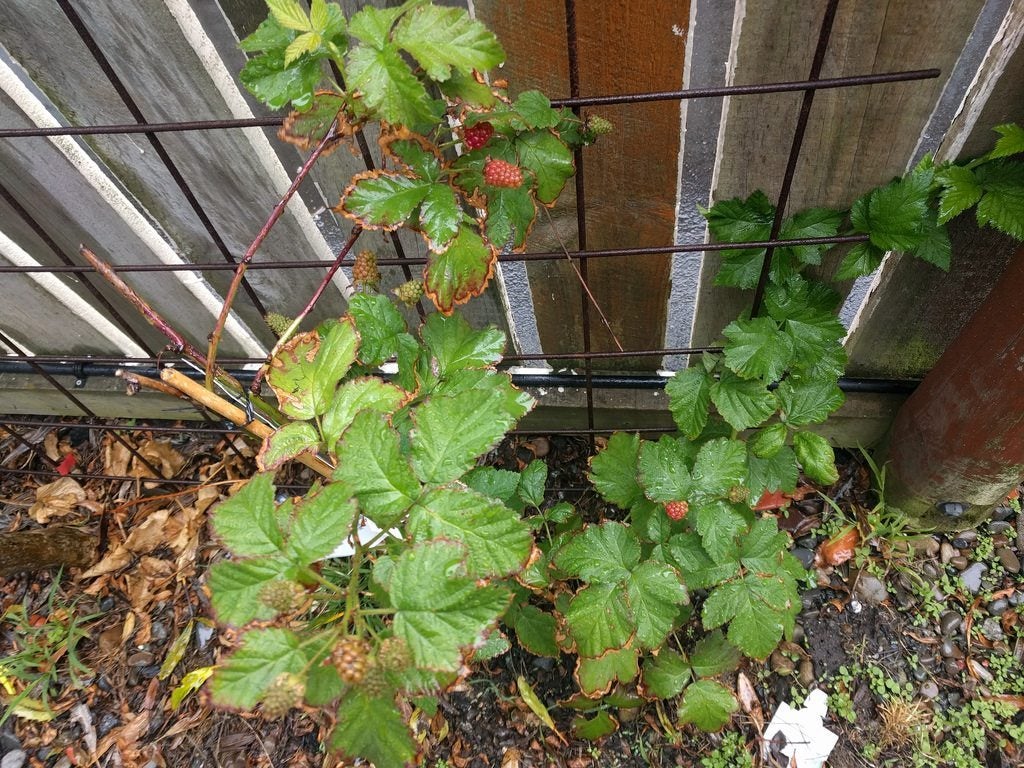

Boysenberries are a cross between common blackberry, European raspberry, and loganberry. Although they are robust plants that thrive in cold weather, boysenberries require a little winter protection in chilly climates. Read on for helpful tips on winterizing boysenberry plants.
Caring for Boysenberries in Winter
Mulch: Boysenberry winter protection includes several inches (5 to 10 cm.) of mulch such as straw, dried leaves, lawn clippings, pine needles, or small bark chips. Mulch protects the plant’s roots from fluctuations in soil temperature and also helps prevent soil erosion that often occurs in heavy rainfall. Apply the mulch in fall, after a few hard frosts. Aim for at least 8 inches (20.5 cm.) of straw, or 3 to 4 inches (7.5 -10 cm.) of other mulches. Fertilizer: Don’t fertilize boysenberries after late spring. Fertilizer produces tender new growth that is likely to get nipped in freezing weather. Boysenberries should only be fertilized before new growth emerges in early spring,
Winterizing Boysenberry Plants in Extremely Cold Climates
Boysenberry winter care is a little more involved for gardeners in far northern climates. Colorado State University Extension suggests the following steps for heeling in plants, which should be done after early November:
- Lay the boysenberry canes down so they face in one direction.
- Hold the canes down by placing a shovelful of soil on the tips.
- Use a shovel or hoe to create a shallow furrow between rows.
- Rake that soil over the canes.
- In spring, use a pitchfork to lift the canes, then rake the soil back into the furrows.
Additional Boysenberry Winter Care
Rabbits love to chew on boysenberry canes during the winter. Surround the plant with chicken wire if this is a problem. Reduce water after the first frost. This will help harden the boysenberry bushes for winter.
Gardening tips, videos, info and more delivered right to your inbox!
Sign up for the Gardening Know How newsletter today and receive a free copy of our e-book "How to Grow Delicious Tomatoes".

A Credentialed Garden Writer, Mary H. Dyer was with Gardening Know How in the very beginning, publishing articles as early as 2007.
-
 How To Make A Bouquet Garni Or Herb Bundle For Cooking
How To Make A Bouquet Garni Or Herb Bundle For CookingIf you’re a great cook, you may have made an herb bundle before. If this is a new idea, learn how to add sparkle and interest to your dish with a bouquet garni.
By Amy Grant
-
 ‘Coral Charm’ Peony Care For Sublime Semi-Double Peonies With Lush Salmon Pink Flowers
‘Coral Charm’ Peony Care For Sublime Semi-Double Peonies With Lush Salmon Pink FlowersPeonies are known for their soft baby pink or magenta tones, but if plushy coral blooms are your thing, here’s our guide to the ultimate ‘Coral Charm’ peony care
By Tonya Barnett
-
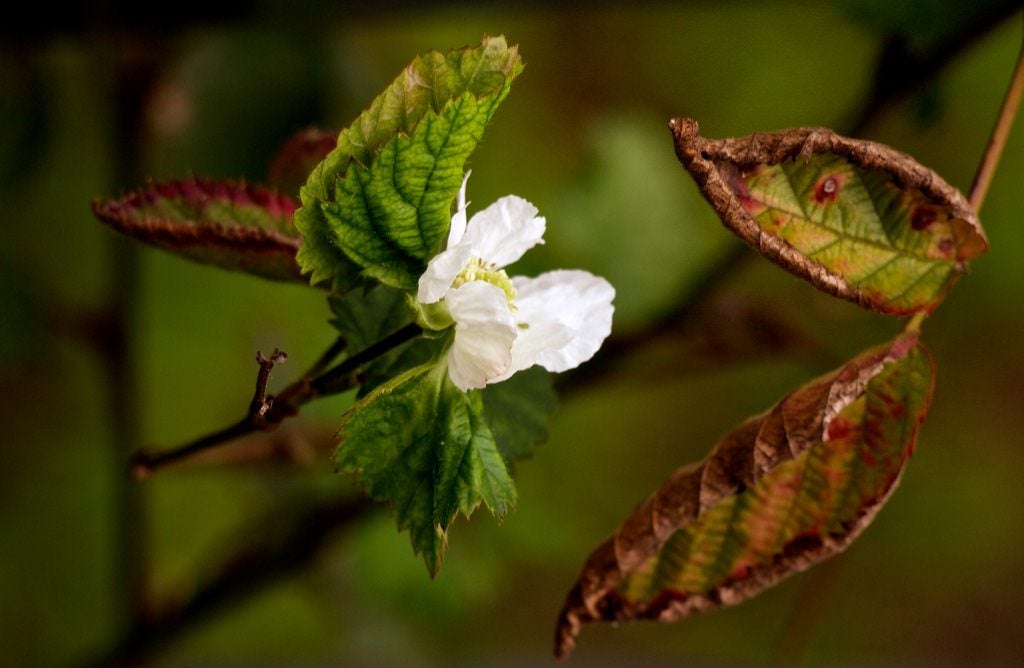 Boysenberry Disease Info: Learn How To Treat A Sick Boysenberry Plant
Boysenberry Disease Info: Learn How To Treat A Sick Boysenberry PlantBoysenberries are delightful to grow, giving you a harvest of juicy, sweet berries in the late summer. This cross between raspberry and blackberry varieties is not as common as it once was, but it should be. Watch out for common diseases though, as explained in this article.
By Mary Ellen Ellis
-
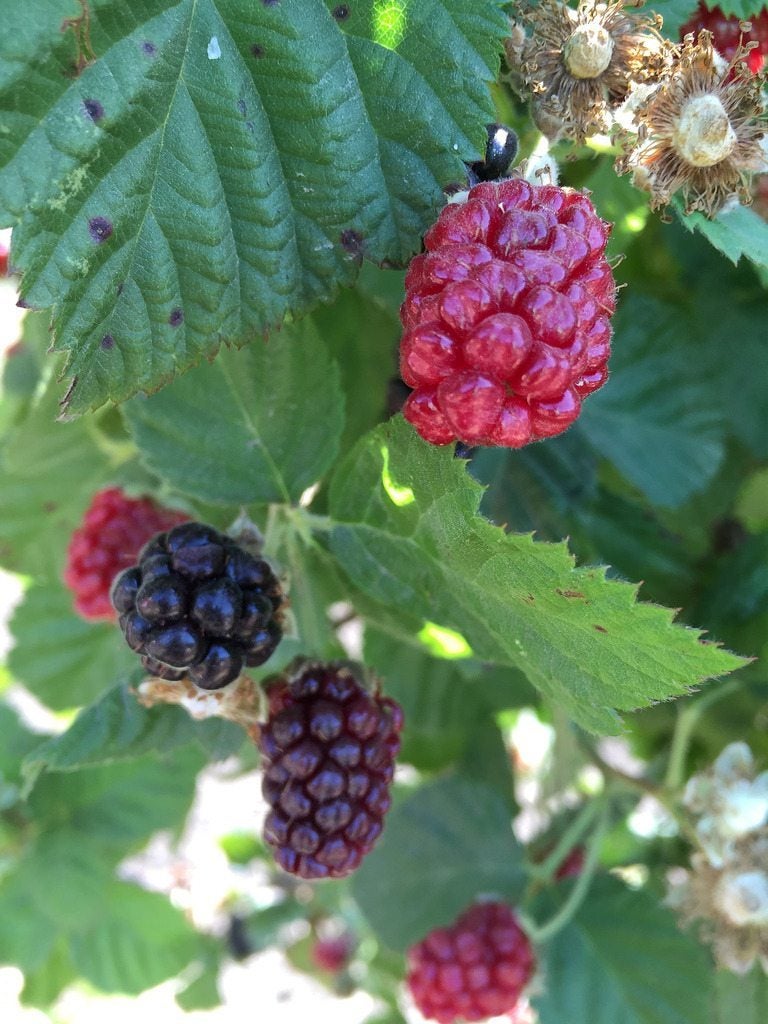 Potted Boysenberry Plants – Growing Boysenberries In A Container
Potted Boysenberry Plants – Growing Boysenberries In A ContainerBoysenberries are a popular fruit, a hybrid among several other varieties of cane berry. Most commonly grown in gardens in the warm, moist regions of the U.S. Pacific Northwest, they can also be grown successfully in containers. Learn more here.
By Liz Baessler
-
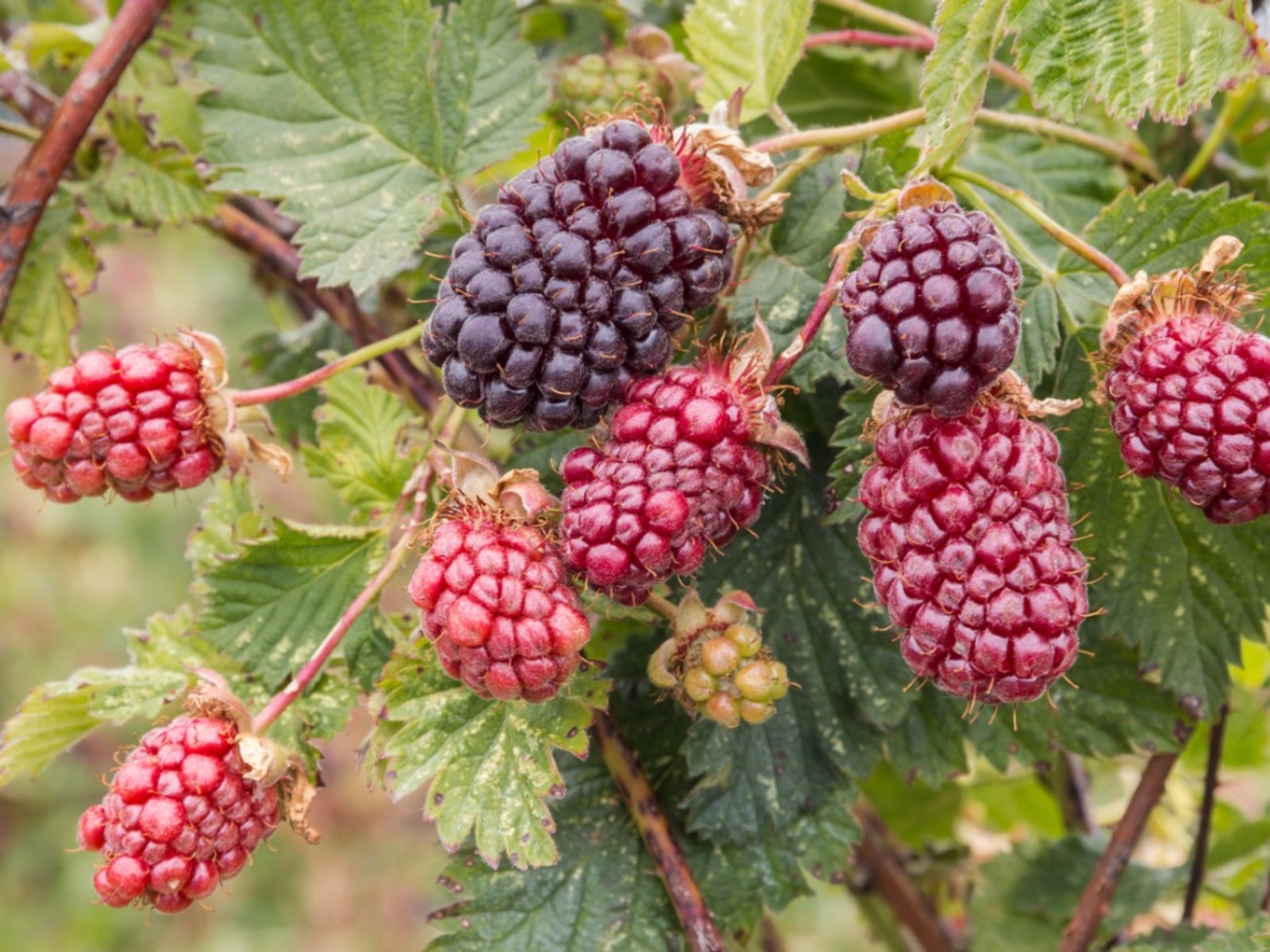 Cutting Back Boysenberries: Tips For Effective Boysenberry Pruning
Cutting Back Boysenberries: Tips For Effective Boysenberry PruningIf you want to grow boysenberries, you'll need to undertake regular boysenberry pruning. For tips on cutting back boysenberries, this article will help. Click here for more information on how and when to prune boysenberry plants.
By Teo Spengler
-
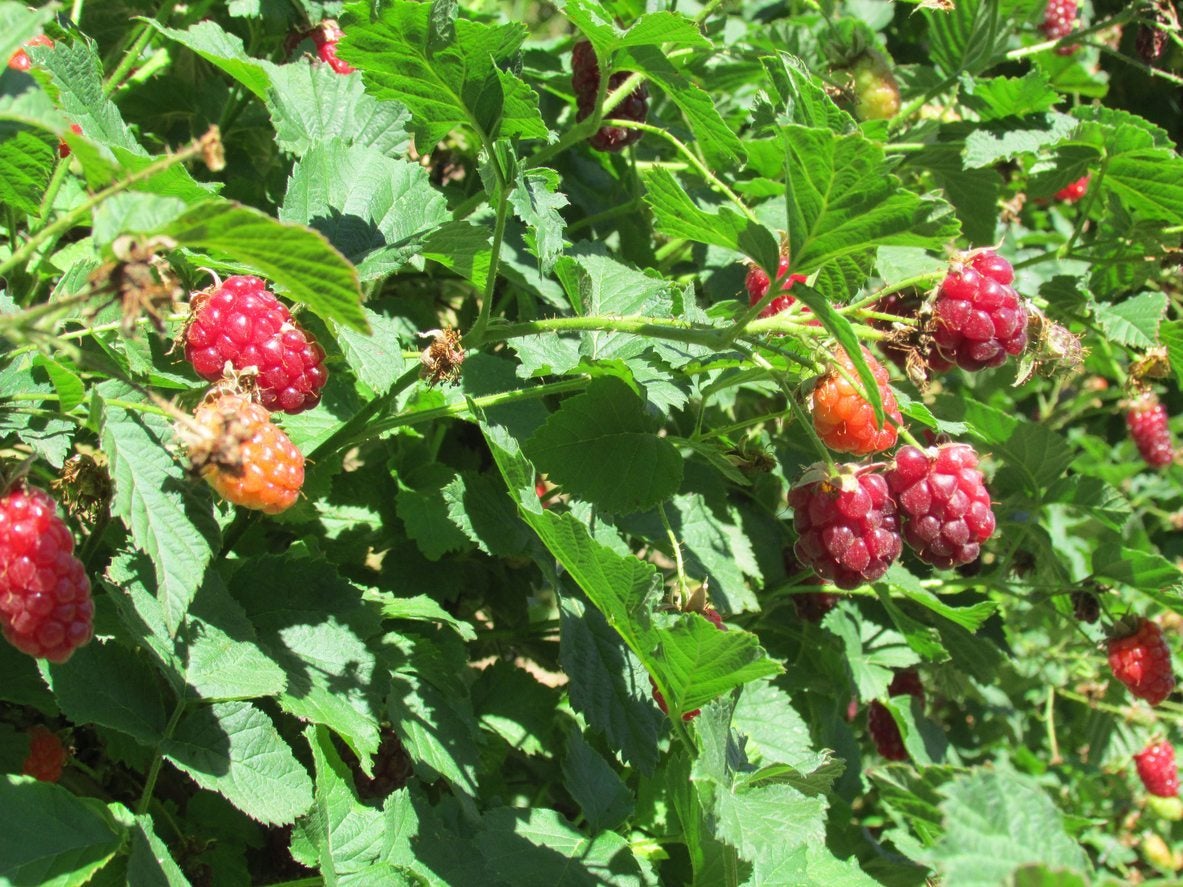 Boysenberry Problems: Learn About Common Boysenberry Pests And Diseases
Boysenberry Problems: Learn About Common Boysenberry Pests And DiseasesBoysenberry plants are so susceptible to a number of fungal conditions that many gardeners have become reluctant to even try growing them. In this article, we will take a closer look at common boysenberry pests and diseases.
By Darcy Larum
-
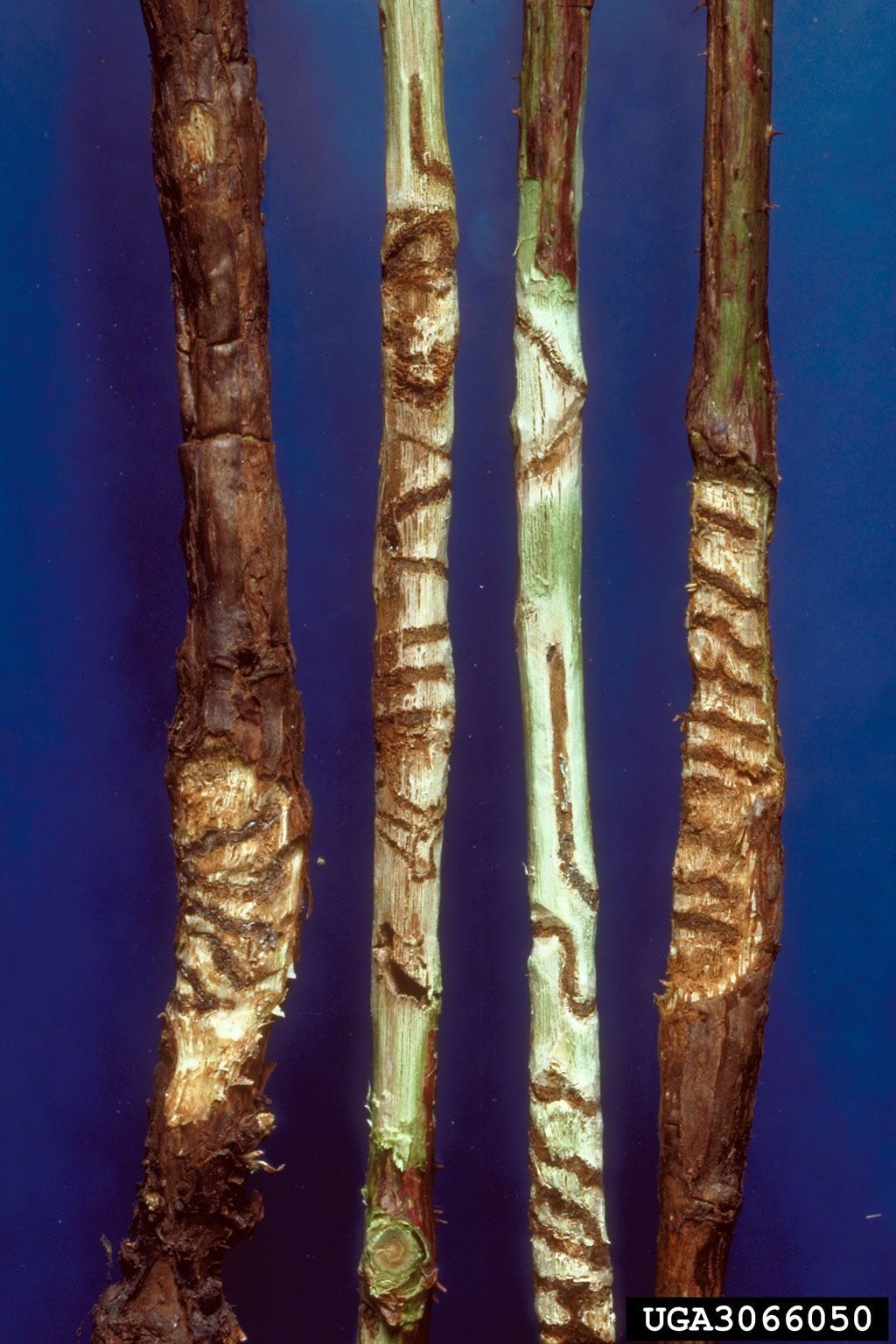 Boysenberry Pests: Learn About Bugs That Eat Boysenberries
Boysenberry Pests: Learn About Bugs That Eat BoysenberriesAlthough they are fairly low maintenance, boysenberry pests can still be a problem. What pests of boysenberry should you watch out for? Well, it should come as no surprise that bugs that eat boysenberries are also inclined to nibble on raspberries. Learn more about them here.
By Amy Grant
-
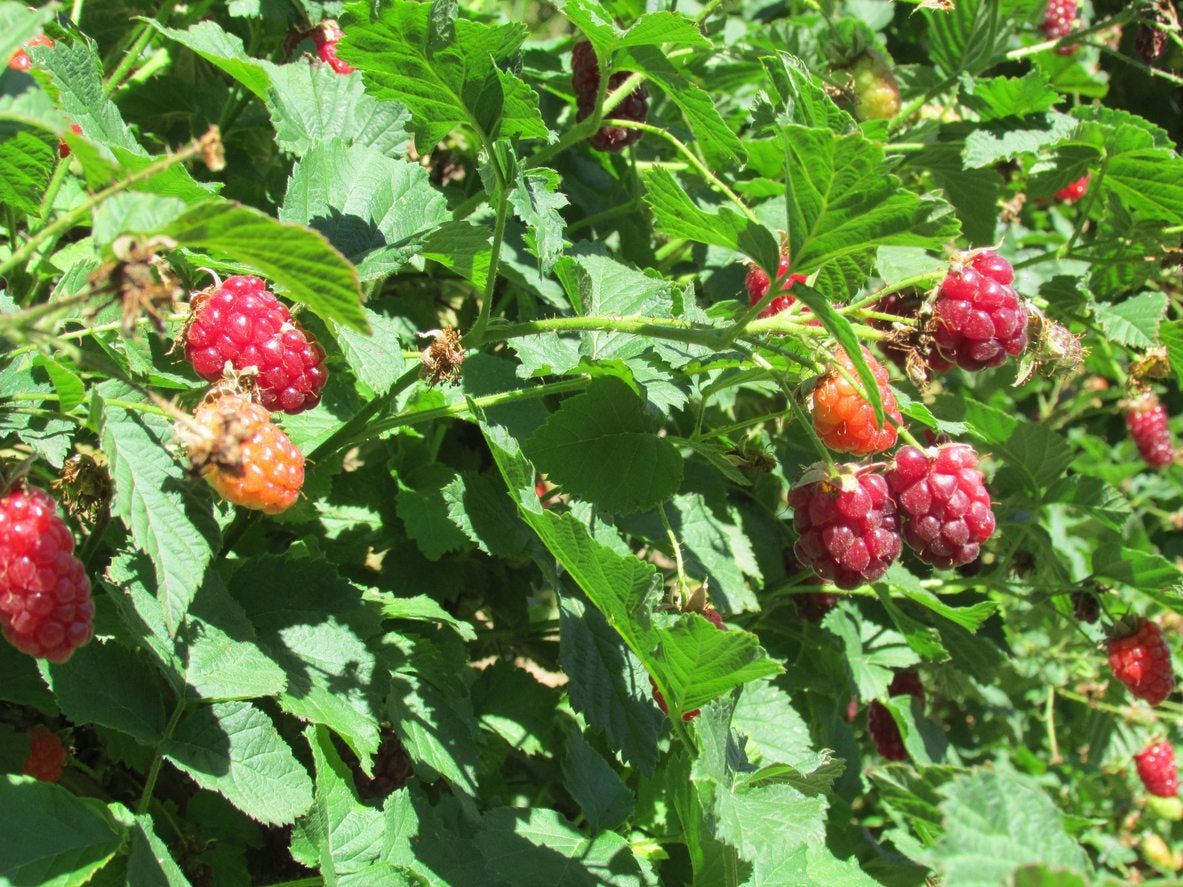 How To Harvest Boysenberries – Picking Boysenberries The Right Way
How To Harvest Boysenberries – Picking Boysenberries The Right WayFor ultimate flavor, boysenberry harvest occurs when the berries are mature and at their peak. It's important for growers to know exactly how and when to pick boysenberries to capture their distinctive taste and aroma. This article can help with that.
By Amy Grant
-
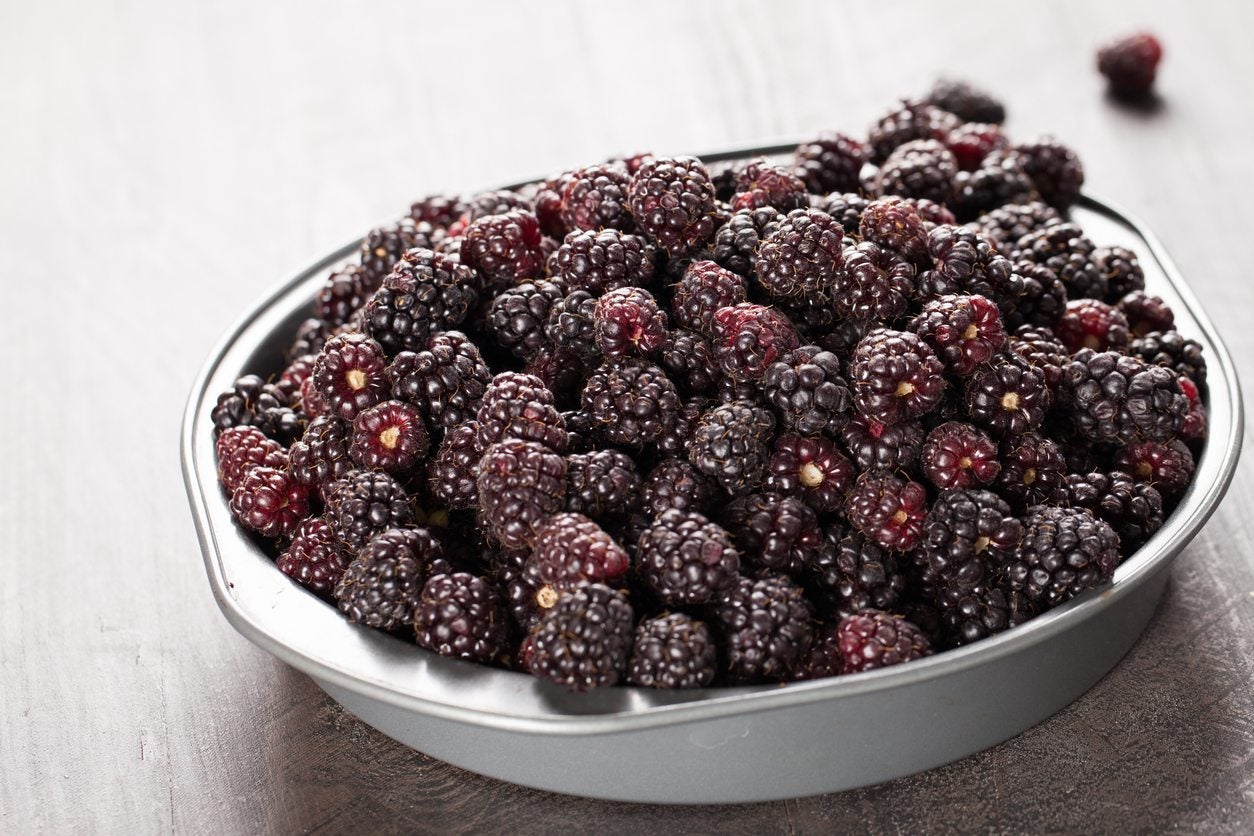 Boysenberry Benefits And Uses – Why Should You Eat Boysenberries
Boysenberry Benefits And Uses – Why Should You Eat BoysenberriesWe've been hearing a lot about the health benefits of berries. What are some benefits of eating boysenberries? Use the information in this article to find out why you should eat boysenberries and how to use boysenberries. Click here to learn more.
By Amy Grant
-
 Boysenberry Plant Info – Tips On Growing A Boysenberry Plant
Boysenberry Plant Info – Tips On Growing A Boysenberry PlantIf you love raspberries, blackberries, and loganberries, then try growing a boysenberry, a combination of all three. How do you grow boysenberries? Click here to find out about growing a boysenberry, its care, and other boysenberry plant info.
By Amy Grant